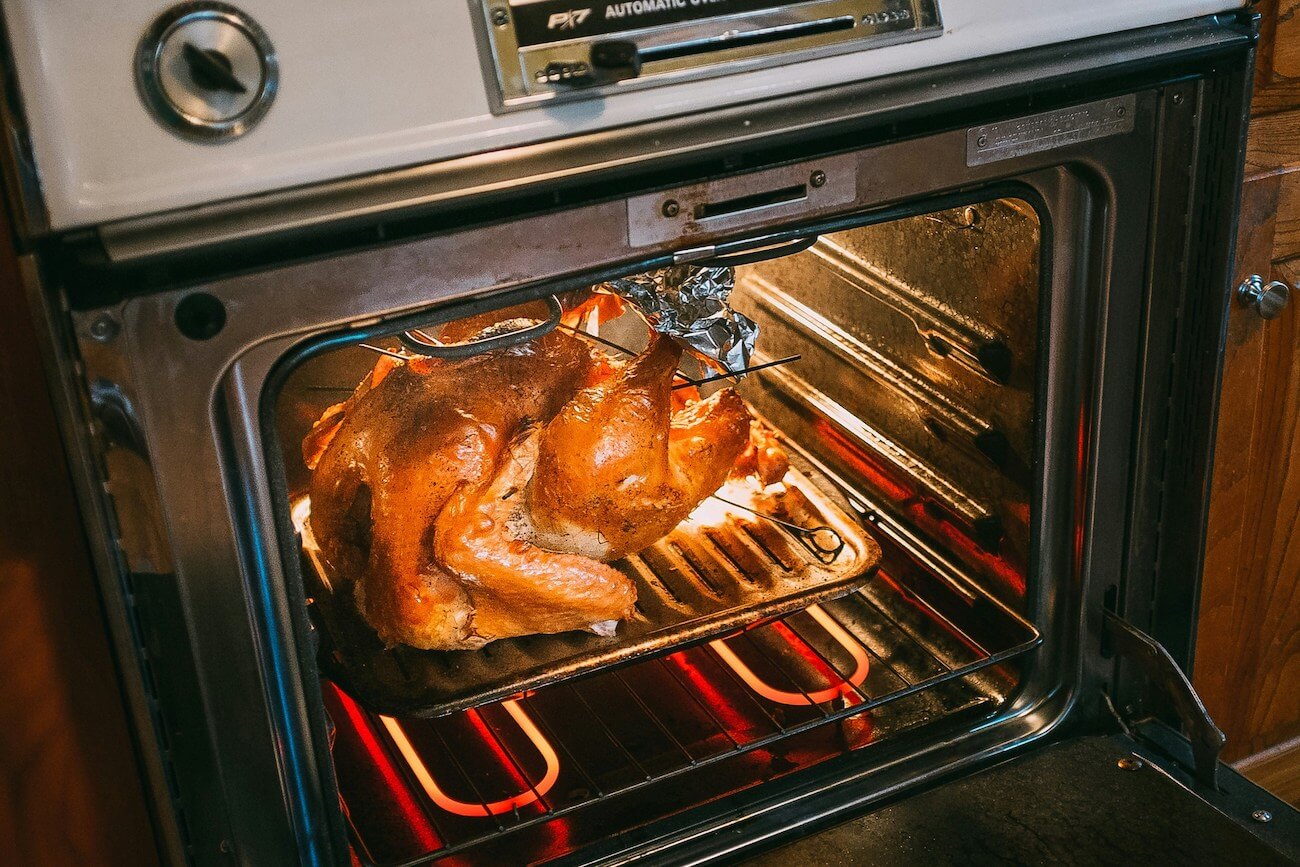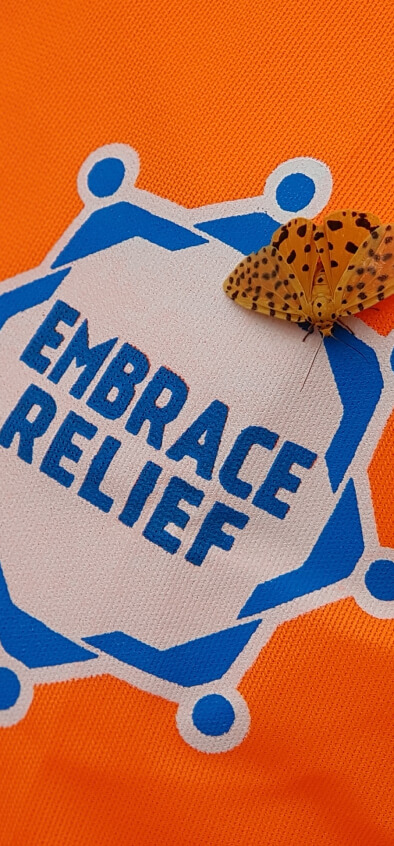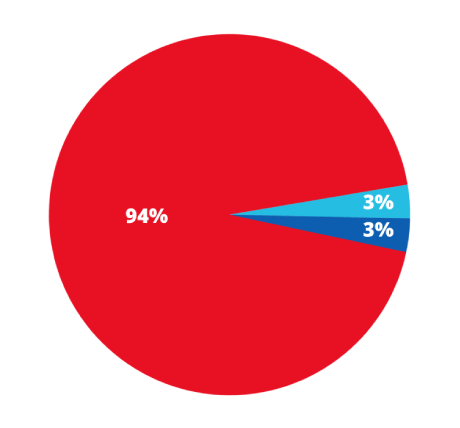For many generations, turkey has been the classic meal most closely associated with the American holiday of Thanksgiving – so closely associated, in fact, that the holiday’s nickname in the United States is “Turkey Day.” Millions of American families will sit down to eat a whole or sliced turkey during the holiday feast, and you may wonder why it is, exactly, that this majestic bird has become the symbol of one of America’s most treasured holidays. As we’ll explain below, turkey’s association with Thanksgiving is rooted in a mix of practicality, symbolism, and cultural tradition that developed over centuries.
Though there is no direct evidence that turkey was served at the first Thanksgiving in 1621, today, it reigns supreme as the centerpiece of most American Thanksgiving meals. The bird’s association with the holiday is rooted
Practicality of the turkey
One of the most important reasons for turkey’s prominence on Thanksgiving tables is its practicality. Contrary to popular belief, there is no direct evidence that turkey was served at the “First” Thanksgiving in 1621. However, the Englishmen who settled eastern New England around that time were coming from a culture where eating turkey during large holiday feasts was common; evidence suggests that turkey was a popular Christmas meal in England by the 1570s.
But while the mythical First Thanksgiving story can be confirmed, it is understood that wild turkeys were abundant in colonial America. These birds were a good source of meat, and their size made them ideal for feeding large gatherings. Compared to other domesticated animals like cows or pigs, which were more valuable for milk or labor, turkeys could be slaughtered without significant economic loss.
Domesticated turkeys were also relatively easy to raise, as they could forage for food and didn’t require the care and resources that other livestock demanded. This made them a more accessible and affordable option for both colonial households and rural communities well into the 19th century.
Symbolism of the turkey
Beyond practicality, turkey has come to symbolize abundance and unity in American culture. By the 19th century, turkey was increasingly becoming a favorite for special occasions, including the local, irregular celebrations of Thanksgiving. Its large size made it a fitting symbol of plenty, reflecting the themes of gratitude and sharing that are central to the holiday.
Literature of the time also played a role in popularizing turkey as the Thanksgiving bird. Sarah Josepha Hale, an influential writer and editor, is often credited with promoting the idea of Thanksgiving as a national holiday and advocating for turkey as the centerpiece of the meal. Her 1827 novel “Northwood” describes a Thanksgiving feast that prominently features turkey, solidifying the association between the bird and the holiday in the American imagination.
Turkey as cultural tradition
By the time President Abraham Lincoln declared Thanksgiving a national holiday in 1863, turkey was already well-entrenched as the main dish. The bird had taken on a symbolic role as part of the national celebration, reinforcing the idea of Thanksgiving as a uniquely American tradition, rich in history and meaning.
In the 20th century, the rise of mass media and marketing further cemented turkey’s role in Thanksgiving. Magazines, cookbooks, and advertisements consistently portrayed turkey as the star of the holiday feast. Popular depictions, such as Norman Rockwell’s 1943 painting “Freedom from Want,” which shows a family gathered around a table with a massive roast turkey, reinforced the image of turkey as a cultural staple.
Even today, Thanksgiving advertisements, cooking shows, and recipe websites highlight turkey as an essential component of the meal. Supermarkets and turkey producers also capitalize on the holiday, offering promotions and sales that make the bird widely available and affordable for American families.
From its humble beginnings as a common wild bird in colonial America to its modern status as the centerpiece of Thanksgiving, the turkey’s journey reflects the evolution of the holiday itself.
Give Families A Thanksgiving Turkey With Embrace Relief!
Fulfill the spirit of Thanksgiving with a gift to Embrace Relief’s Thanksgiving Turkey Drive!
The Thanksgiving turkey symbolizes more than just a meal: it symbolizes community, family, and a shared sense of providing for all of those in our communities. At Embrace Relief, we seek to embody those values every day through our humanitarian aid programs, including Embrace USA, our community aid initiative!
As Thanksgiving approaches, Embrace USA will soon be delivering turkeys to families in need around the United States, giving all families the chance to have a traditional, nutritious, and delicious meal during this great American holiday. But we can’t do it without you!
Click the donation button below to support our Thanksgiving turkey donation and to help us lend a hand to our neighbors in need. With just a couple clicks, you can put food on someone’s table and make the holiday season a little bit brighter.





















